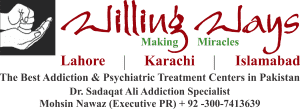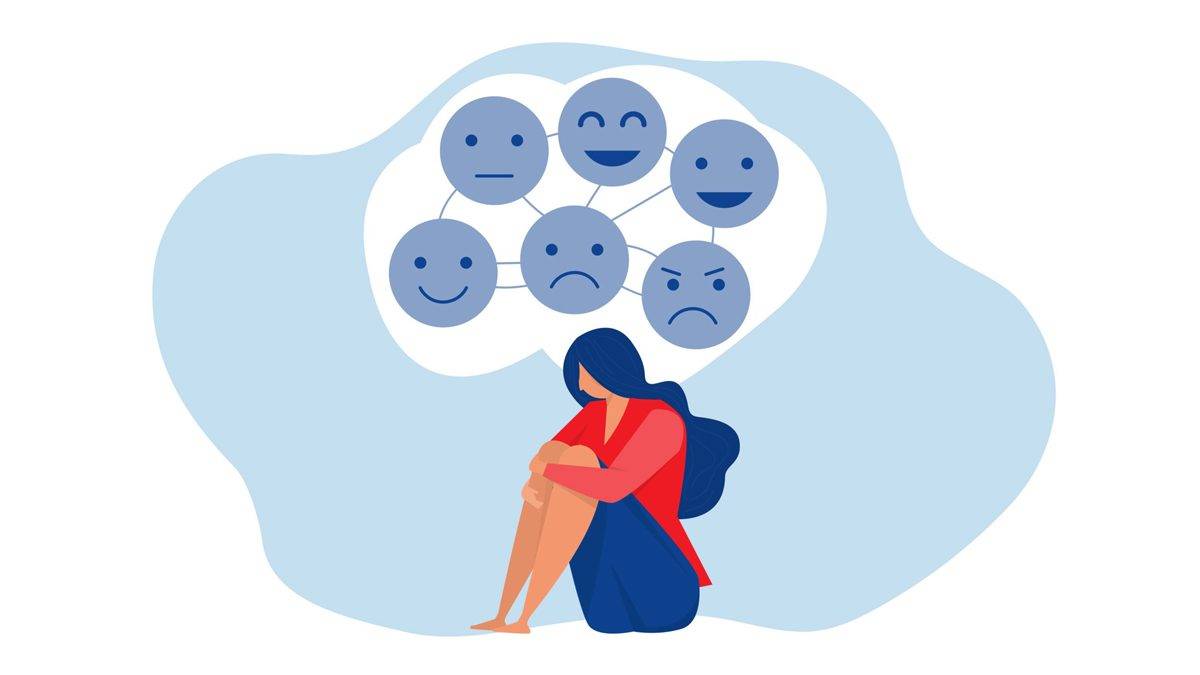Eight Basic Emotions That Underlie Eight Psychological Disorder Clusters
I have written in past about the basic structure of emotions and identified eight basic emotions- four of them paired together viz. Fear-Disgust; Sadness-Anger; Joy- Love/Attentiveness and Interest-surprise. I have also tried to carve psychopathology at its joints, and come up with a psychological disorders taxonomy that places all major psychological disorders in eight dimensions/ clusters (2 internalizing clusters; 2 externalizing clusters and 2 what I then named- relational clusters and 2 what I then named reality-distortion cluster.
Sandeep Gautam is a software developer and science writer at The Mouse Trap.
Editor: Nadeem Noor
Further reading and thinking have made me realize that I can synthesize both basic emotions framework and psychopathology taxonomy/clusters into one comprehensive theory that also makes one realize the underlying emotional issues involved in major psychopathologies and may shed light on treatment and prevention. In my next post, I will correlate the framework I develop here with NIMH’s Research Domain Criteria (RDoC) extensively.
First, let me list the basic emotions in some particular order (I believe that these emotions evolved/ differentiated along with this order and this is evident in how these emotions become differentiated in ontogeny in infants’ facial expressions.
Fear
Sadness
Anger
Disgust
Interest (excitement)
Joy
Love (attentiveness)
Surprise
Now let me delineate the eight major clusters of psychopathology:
Fear – Anxiety cluster: (Phobia, panic disorder, etc)
Distress – Depression cluster : ( Major depression (MDD), Generalized Anxiety(GAD), PTSD etc)
Anger- Impulsive Non-Conformity : ( Conduct disorder, anti-social disorder, Oppositional defiant disorder, etc)
Disgust – Dependence/ Addiction : ( ADHD, substance abuse, addiction etc)
Interest- Obsessive/Compulsive : (Obsessive-compulsive disorder, pathological gambling etc)
Joy- Mania: (Bipolar disorder, dark triad ( Psychopathic, Narcissistic, Machiavellian) )
Love- Delusions (magical thinking/ suggestibility) : (Psychosis , schizophrenia, hypnotic trance)
Surprise- Dissociation/paranoia: (Dissociative identity disorder (DID), Depersonalisation, derealisation, amnesia, autism, etc)
The first 2 clusters are the internalizing disorders (internal emotion-laden problems); the next 2 clusters are externalizing disorders (exhibited in outward behaviors); the next 2 are motivational disorder clusters in which the motivation system goes for a toss; and the last 2 are cognitive disorder clusters where thinking, memory, etc cognitive processes go for a toss.
How does this relate to DSM-V vs ICD-11 vs RDoC controversy? I believe NIMH RDoC is on the right path: they have identified 5 domains: -ve valance system (mapping to my Internalizing disorders clusters); +ve valance system (mapping to my Motivational disorders clusters); Systems for Social processes (mapping to my Externalizing disorders) and Cognitive systems (mapping to my cognitive disorder clusters).
In the next post, I will elaborate, how the low-level constructs defined within each RDoC domain correspond to each other and map neatly to my psychopathology/ emotions clusters.

